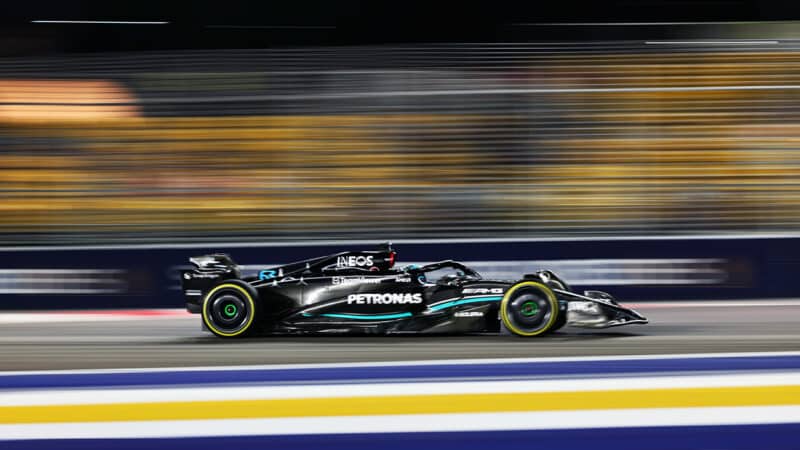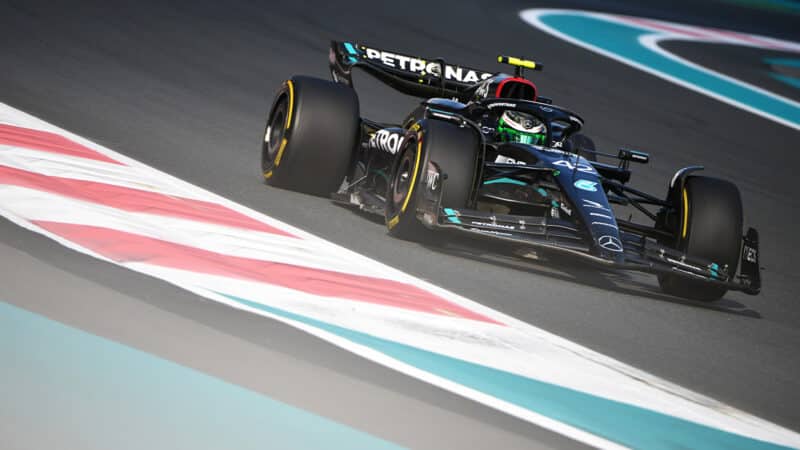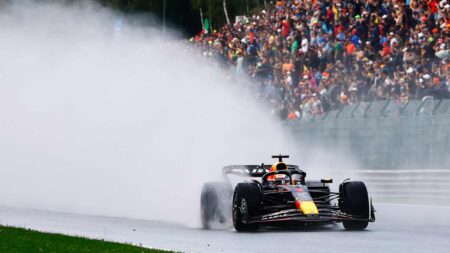All of this has to be achieved within a tiny ride height range. Way smaller than before. These cars run with a static rear ride height of around 60mm. Under the previous regs, even the low-rake Mercedes would typically be running around 120mm, with the high-rake Red Bull considerably more. That gave the suspension some ability to cushion and keep the aero platform stable. But run those ride heights now and most of the underfloor downforce would bleed away catastrophically – because they have ground effect tunnels.
So at just the time the cars need good rear suspension travel and compliance more than ever before, they have an aero platform demanding they run low. That’s the essence of why it’s difficult. But that’s just the beginning of the puzzle. Allison again: “Downforce will bring me lap time? Ok, where? Do you want downforce at 80mm or do you want downforce at 30mm? You want the car to be good in crosswinds. Ok, but is that 1-deg crosswind, 15-degrees? How much importance are you going to give to 15-degrees versus 5 versus zero? These are all conceptual choices. Not concepts as in sidepod concept. Much deeper conceptual choices about what you choose to place value upon.”
Has Allison and his team found the treasure? Or has Red Bull dug it up and moved it?





